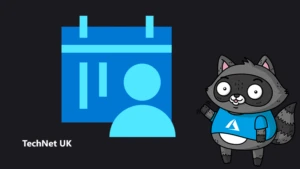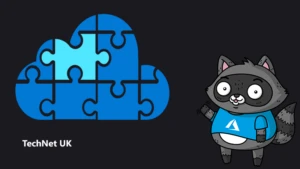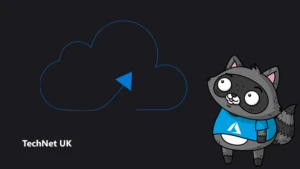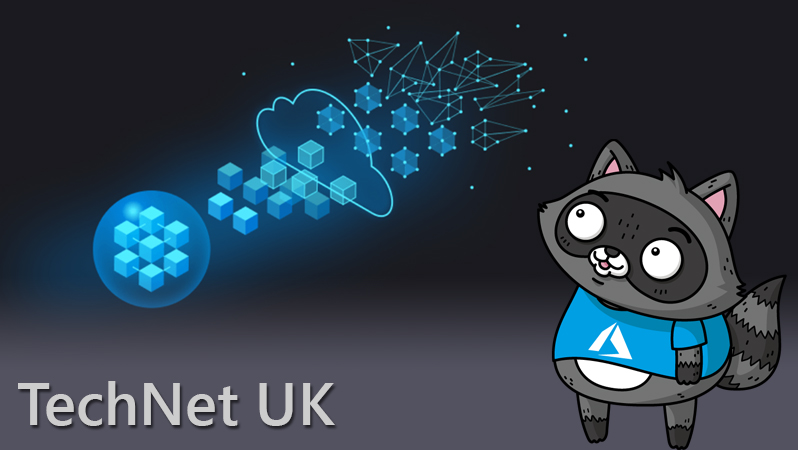
Using state-of-the-art technology for state-of-the-art customer experiences
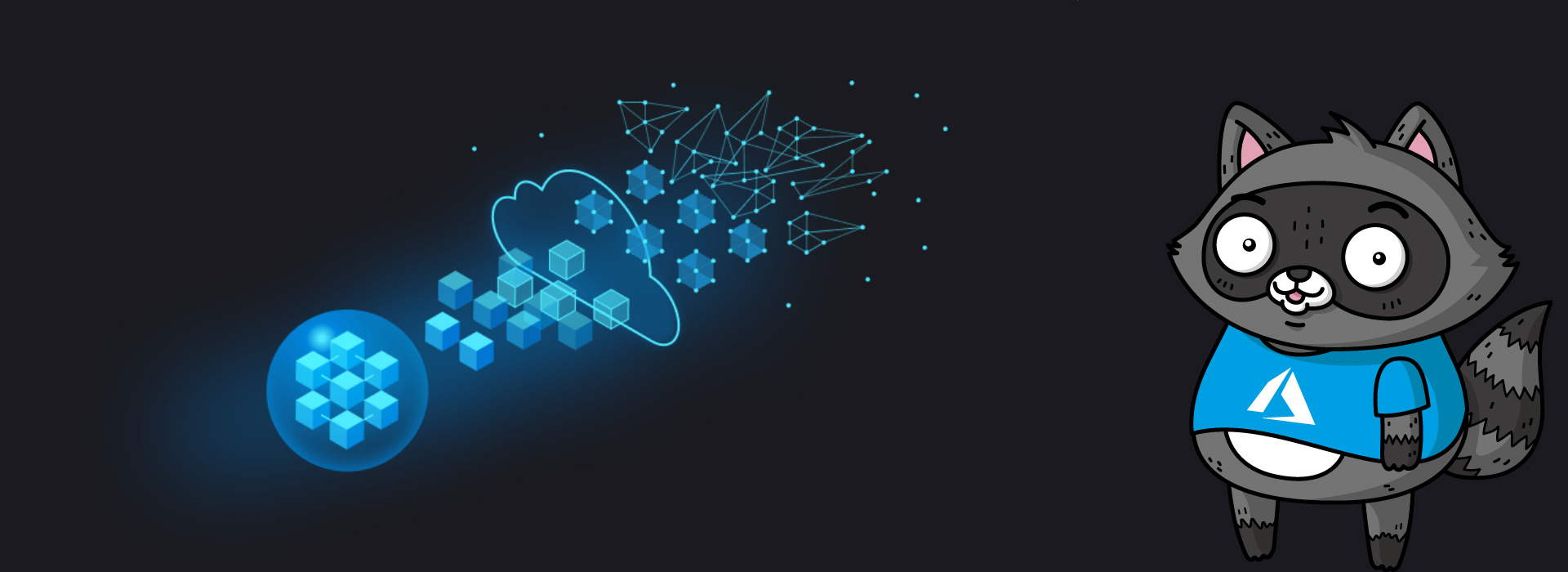
Customers today aren’t the same as the customers of yesterday. Now, customers expect—or rather, demand—seamless, effective interactions with organisations:
- Anytime access to information
- Direct, personalised communication
- Fast answers to questions
The competition is tough and companies need to provide this kind of interaction to survive. As a result, we’ve seen a trend over the last couple of years indicating that more businesses are assigning larger budgets for projects that help deliver next-generation communications.
What do customers expect?
“Sell it and they will come” is no longer a valid mantra. Customers now have a wider choice of suppliers and more information about services and products than ever before. Organisations must differentiate themselves to attract new customers and hold on to existing ones. Customers want flexibility in communication during all phases of transactions:
- Before a commitment is made, customers want more information that fits their personal desires and needs
- When customers are ready to enter into a transaction, they want to be guided in a quick and easy way that gives them the best product or service
- When the deal is closed, customers expect a high level of personalised after-sales support
To deliver this experience, companies need to know their customers. Fortunately, organisations have years of experience in capturing data. Most organisations use customer relationship management (CRM) systems such as Dynamics CRM to store, inspect, and access data about their customers. The more insight organisations have, the more competitive they can be.
Technology as an enabler
Here, we explore three technologies that can help businesses create a better connection with customers.
Internet of Things
These days, the Internet of Things (IoT) is almost everywhere. IoT is what we use to describe devices with added intelligence and ways of capturing data which is then shared on the internet. For instance, think about a smart thermostat that transmits data such as the current temperature, desired temperature, times people come home or leave for work and can adjust accordingly to meet the customers requirements and keep the home at an ambient temperature – this is a form of automation and helps manage a part of your customers busy lives.
There are numerous potential applications of IoT in customer interactions. Retail companies can use IoT solutions to collect data about visitors in their stores and online, to create a better idea of their interests and purchasing habits. This data can be used to learn more about the customers individually or as a group.
Predictive Maintenance is a popular IoT solution at the moment – for example if a company produces an intelligent thermostat, they can use the telemetry to predict failures and proactively inform the customer about device servicing. Or, going back to the retail example, a store owner can use an IoT-based camera to identify their known customers and give them personalised promotions the moment they enter the store.
- Learn more about Azure IoT Services
Machine learning
Just because there’s more data than ever before from more sources—for example, IoT devices, CRM systems—doesn’t mean we have more useable information. Information is data that has value for the right person at the right time and place. Organisations need to analyse this data in order to get insight from it. Machine learning can help companies:
- Make predictions about buying behaviour
- Create personas based on customers with similar characteristics
- Make recommendations based on customer profiles
By using data, organisations can understand their customers better and interact with them in a more meaningful and effective way at all parts of the buying cycle.
- A customer building recommendation system into their online presence for upsell capability,
- using computer vision to analyse images of clothes and have an intelligent search function across a retail catalogue (search for yellow dress extra with natural language).
- Automatically extract key words and phrases + sentiment from product/service reviews to measure customer service improvement or trends internally via dashboards
Sound good? Be sure to look into further Azure options, such as Azure Cognitive Services, Azure Machine Learning Studio and Azure Cognitive Search, which are great next-steps to take when exploring machine learning.
Bots
Customers expect anytime access to the organisations they interact with. Through IoT and Machine Learning, organisations accumulate customer information that can improve and personalise interactions through the use of bots.
For example, when connecting the Bot framework to the results of the machine learning modules, organisations can deliver quicker responses to customer questions. Since a lot is already known about that customer, the organisation can give them highly personalised and effective answers in an automated way through bots. And the more intelligence an organisation can deliver to its customers, the easier the interaction becomes and time-to-solve the problem has been reduced compared with long waiting times when calling on the phone.
- Learn more about the Microsoft Bot Framework
What does that mean to the developer?
Customer satisfaction is something all businesses need to work on. By learning about IoT, Machine Learning, and the Bot Framework, you can give your business a competitive advantage.
Combining these three powerful technologies will give your organisation greater insight into your customers and their needs, and help you communicate with them in a more effective way. We will see more and more of this in the future, so start now by learning about these techniques.
Next steps
- The best way to prepare yourself as a developer is to learn about bots, AI, and IoT. There are several tutorials online on Microsoft Learn: Create Intelligent Bots with the Azure Bot Service.
- To learn how to build bots, follow If you are curious about Machine Learning, I suggest using QuickStart: creating your first experiment in Azure Machine Learning Studio.
- Finally, if you want to learn about IoT, go to What is Azure Internet of Things (IoT).


